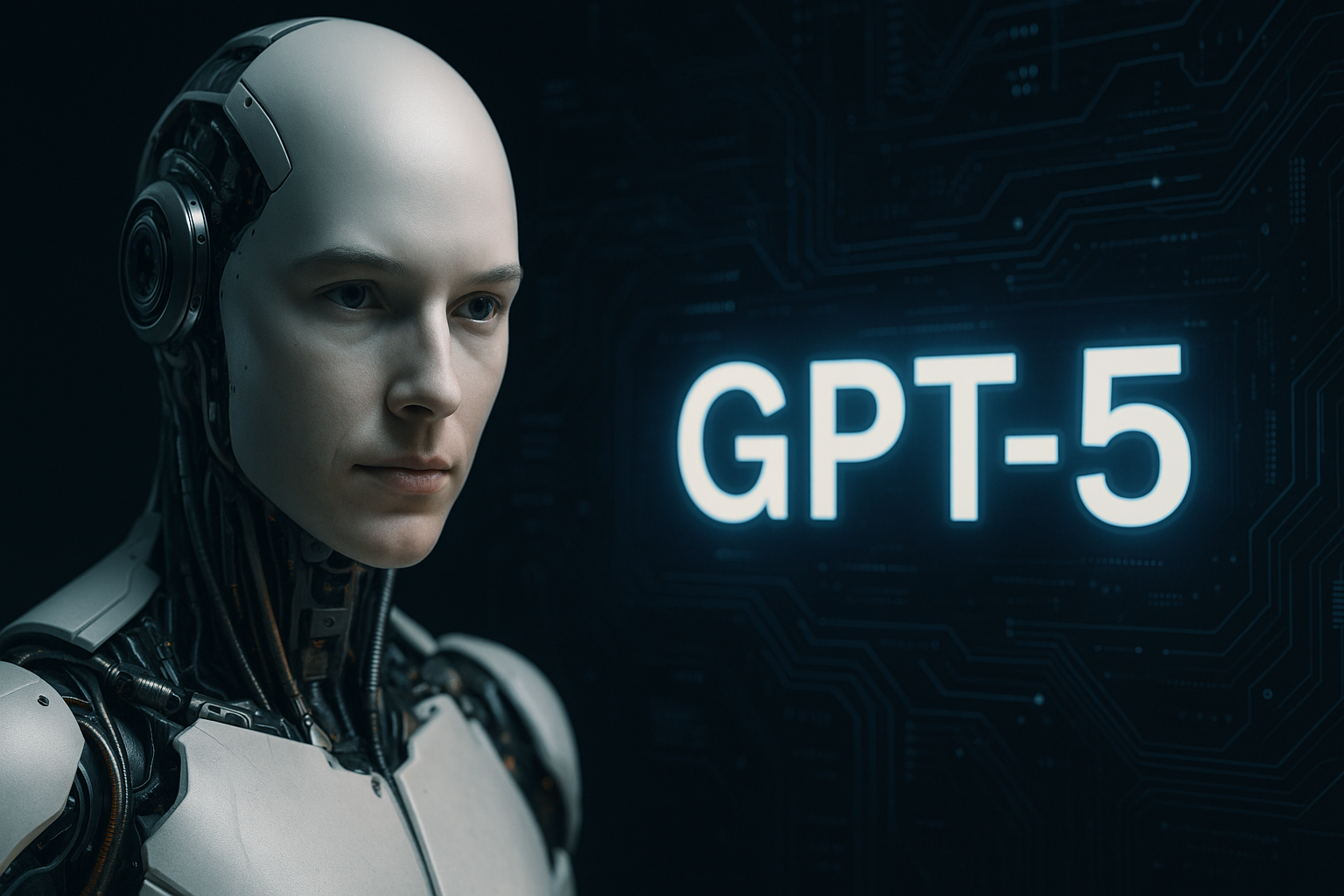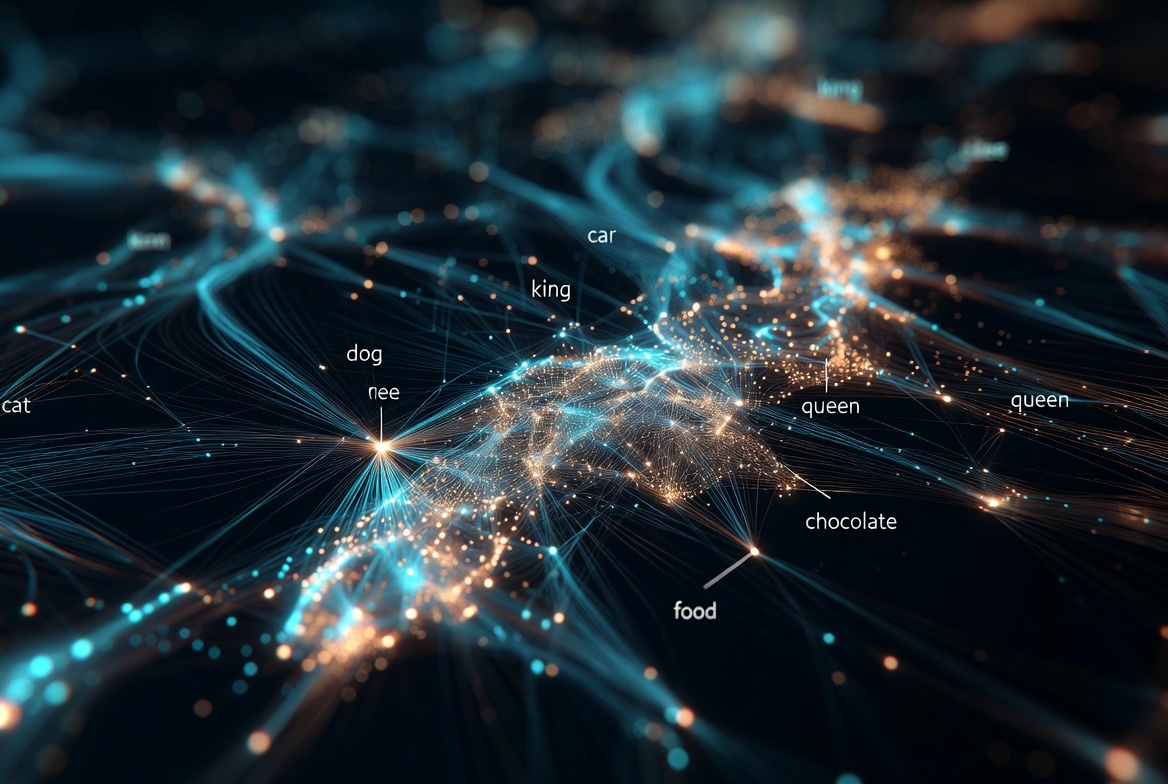GPT-5 Arrives: Deep Dive on Specs, Evolution, and Real-World Reactions
GPT-5 launched on August 7, 2025. Here’s what sets it apart—from context windows and model routing to technical evolution and what reviewers are saying.

Introduction
GPT-5 debuted on August 7, 2025, offering an ambitious fusion of technical evolution, multimodal prowess, and architectural innovation. It's not just a model upgrade—it’s a layered system built for dynamic reasoning, expansive context, and flexibility. Let’s explore how GPT-5 stands on the shoulders of earlier GPT versions and what reviewers—and users—are saying.
The Historical Arc: GPT-1 to GPT-5
- GPT-1 & GPT-2 (2018–2019): Early decoder-only transformer models. GPT-2 notably scaled up to ~1.5B parameters with a 2,048-token window.
- GPT-3 (2020): Massive leap to 175B parameters. Context expanded to 2,048 tokens (Wikipedia).
- GPT-4 (2023): Multimodal with larger windows (8K & 32K tokens), improved alignment, human-level benchmark performance (Wikipedia).
- GPT-4o (2024): "Omni" model for text, image, and audio—universally accessible via ChatGPT (Wikipedia).
- GPT-4.5 / Orion (early 2025): Transitional step with enhanced reasoning abilities (AIMultiple).
- GPT-5 (2025): The fruition of evolution: hybrid architecture, massive context windows, and deeper multimodal, reasoning, and efficiency improvements (OpenAI Blog).
GPT-5 Architecture & Specifications
Multi-Model System with Real-Time Routing
GPT-5 comprises multiple sub-models—main, mini, thinking, and nano—handled under one unified system. A real-time router dispatches queries to the best-fitting variant based on complexity and intent (OpenAI Docs).
Massive Context Window
Developers can feed up to 272,000 input tokens and receive up to 128,000 output reasoning tokens, for a staggering ~400,000-token context length (OpenAI Blog). In the ChatGPT UI, streams support up to 256,000 tokens (Wired).
Multimodal Input
GPT-5 handles both text and image inputs seamlessly (output: text only), enhancing cross-modal reasoning (Simon Willison).
Reasoning Modes & Customization
Each API model supports four reasoning levels: minimal, low, medium, and high (Simon Willison).
Coding & Front-End Generation
GPT-5 is “our strongest coding model to date,” excelling at front-end generation and debugging entire repositories—even handling spacing, typography, and white space elegantly with a single prompt (OpenAI Blog).
What Reviewers and Users Are Saying
Media & Expert Analyses
- Wired calls GPT-5 a milestone on the AGI roadmap—improved intelligence, speed, accuracy, and reduced hallucinations. Includes variants like mini, nano, and “thinking” options (Wired).
- TechRadar emphasizes GPT-5’s strength in multi-step, rich responses, while competitors like Gemini 2.5 Flash outperform in brevity and speed (TechRadar).
- Tech Learning calls it evolutionary, not revolutionary—improvements include fewer hallucinations and better query model selection, but the classroom impact remains modest (TechLearning).
- Tom’s Guide shares tips: Use collaborative language, prompt “step by step,” and provide context for best results. GPT-5 infers intent more widely and tracks conversation better (Tom’s Guide).
- TechRadar (Ben Goertzel) praises GPT-5 Pro’s technical leap but says it’s still far from AGI (TechRadar).
Performance Tidbits & Comparisons
- GPT-5 vs. DeepSeek: DeepSeek wins on structured reasoning, planning, and logic; GPT-5 shines in storytelling, tone, and cultural nuance (Tom’s Guide).
- Speed concerns: Some users report it’s noticeably slow on heavy workflow tasks like complex SQL—e.g., 114s vs Gemini 2.5’s 56s (Reddit).
- Safety & memory: Drastic gains in safety response (“safe completions”) and improved long-term coherence make GPT-5 more robust in healthcare, legal, and education tasks (Tom’s Guide).
What It Means for the Ragyfied Community
Feature Area | Opportunity for You |
|---|---|
Long Contexts | Analyze full books, spec docs, or long codebases in one pass. |
Reasoning Modes | Use high-reasoning for complex logic; minimal for speed. |
Code Gen & Debug | Rapidly scaffold apps with clean design and functional code. |
Prompt Strategy | Structure prompts (e.g. “assistant with reasoning + summary”) to unlock depth. |
Multimodal Potential | Use image inputs in tech learning, diagrams, or tutoring scenarios. |
Personalization | Adopt tone or tool behaviors that reflect your forum’s voice or style. |
Final Thoughts
GPT-5 is not just bigger—it’s smarter, more adaptive, and built for practical use at scale. Its multi-model routing, massive context, coding finesse, and multimodal understanding mark a strategic evolution rather than a disruptive leap. Yet, critics note its tone can feel robotic, and its compute-heavy tasks aren’t always swift.
For Ragyfied learners—from non-tech explorers to solopreneur builders—GPT-5 is a tool of precision. Use its strengths where they matter, customize where needed, and remember: mastering prompts is as important as model power.


